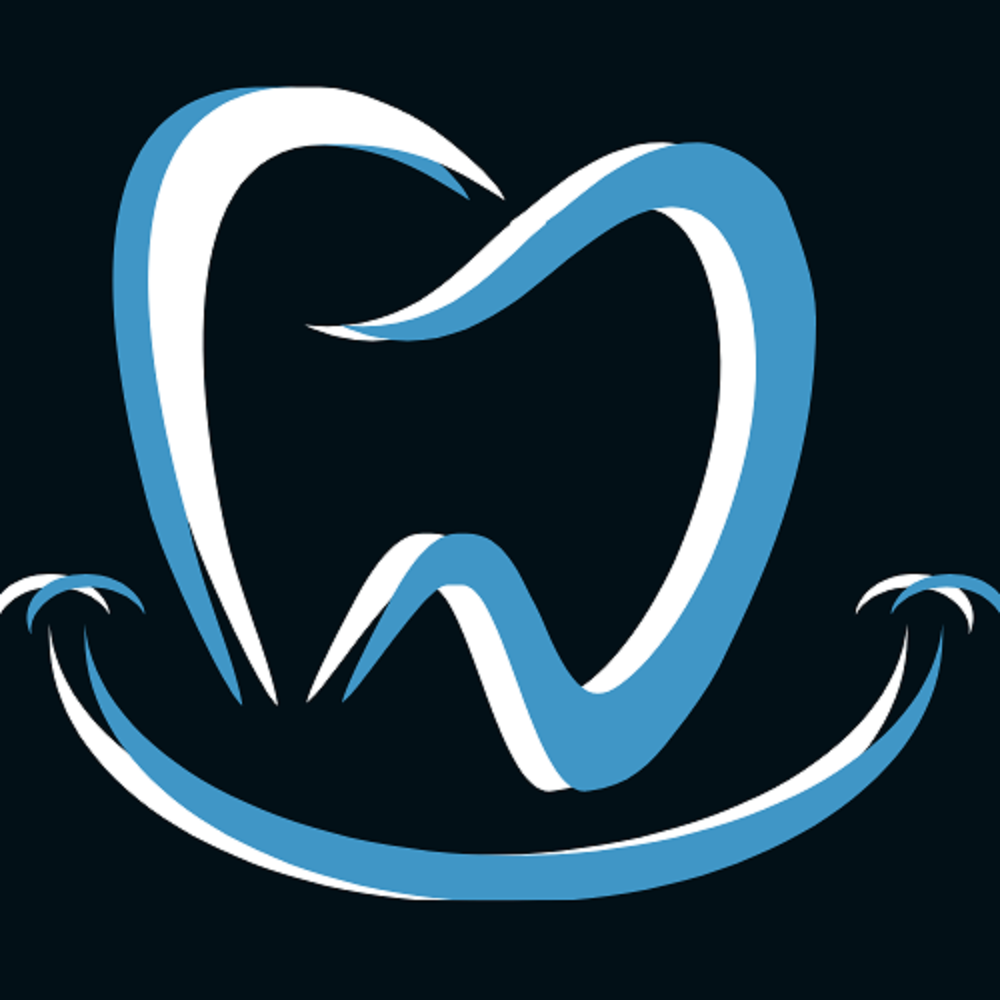Maintaining good dental hygiene is essential for keeping your teeth and gums healthy. You must actively take actions to improve your smile every day, from brushing twice a day to getting dental checkups every six months to getting fitted with invisible aligners.
But keep in mind that good dental health entails more than just avoiding cavities and gum disease. There is a link between dental health and general physical health, according to studies. All of you will benefit from taking these steps to improve your oral health!
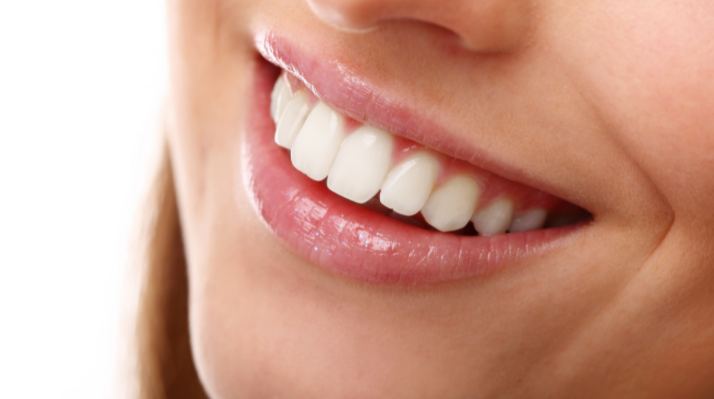
To keep your teeth healthy, follow these seven best practices:
1. Brushing should be done on a regular basis, not aggressively.
Brushing your teeth twice a day and flossing at least once a day is probably second nature to you. However, you may not notice that you’re doing it incorrectly: you’re probably brushing and flossing too hard. Brushing can help remove plaque and bacteria from your teeth, but only if you brush correctly.
Brush each tooth in small circular motions, getting the front, rear, and top. Brushing should take approximately two to three minutes, so if you’re done in 15 seconds, you’re just not doing it right. Be gentle, and don’t jerk the saw back and forth.
It’s also a good idea to use a soft-bristled toothbrush instead of a hard-bristled one. When harsh bristles are paired with forceful brushing procedures, tooth enamel and gums can be damaged.

2. Use fluoride toothpaste
Fluoride is found in many kinds of toothpaste and mouthwashes and helps to prevent cavities. However, not all goods include fluoride, therefore many people are deficient in this vital nutrient. Tooth decay can be caused by a lack of fluoride, according to studies, and no amount of brushing and flossing can rescue you if you don’t include fluoride in your daily regimen.

3. Floss daily
Flossing removes the muck, also known as plaque and bacteria, from your teeth. It cleans crevices that a toothbrush can’t reach, eliminating trapped material and enhancing your breathing. The American Dental Association and the Centers for Disease Control and Prevention both recommend that everyone floss once a day. Brush the floss all the way to the gumline, then use gentle up and down motions to hug the sides of your teeth.
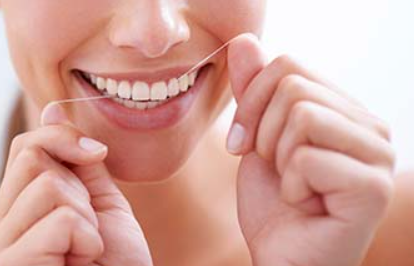
4. Visit your dentist twice a year
Don’t forget to schedule and keep your six-monthly dental appointments. The hygienist can thoroughly clean your teeth during this routine dental exam, eliminating plaque and hardened tartar. The dentist will then check for cavities, gum disease, and oral cancer indications. These appointments are vital not just for getting your teeth cleaned twice a year, but also for detecting oral health issues that should be addressed as soon as possible.
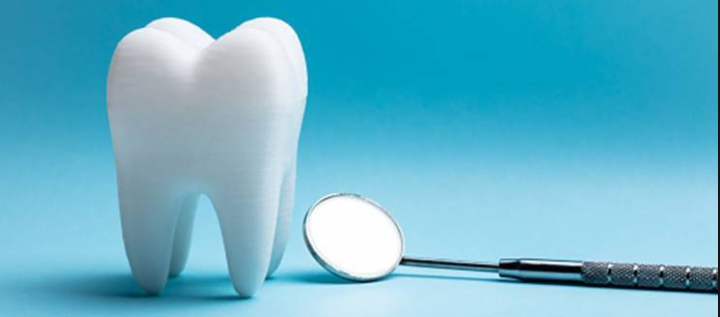
5. Stop smoking
Smoking has a negative impact on your immune system, making it difficult for your body to heal tissues, including your mouth and gums. According to the CDC, smoking is a major risk factor for gum disease. According to the American Dental Association, smokers heal more slowly after any dental surgery.
Smoking also causes the teeth and tongue to yellow, as well as gives you poor breath.
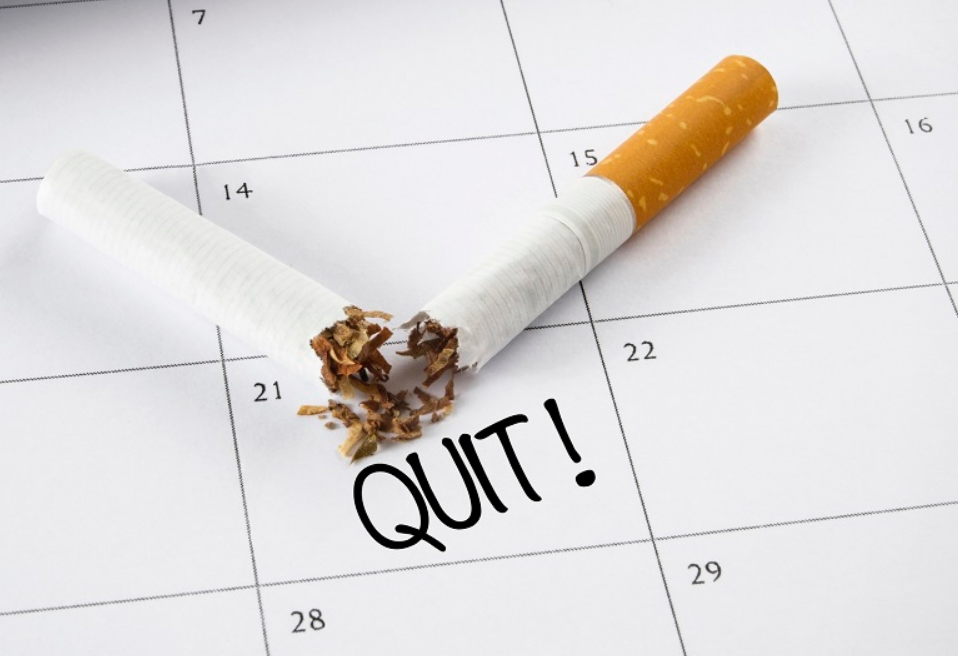
6. Use mouthwash
Mouthwashes with certain ingredients can truly help your oral health. Chlorhexidine, an antibacterial component that helps to manage plaque and gingivitis, should be used in mouthwashes.
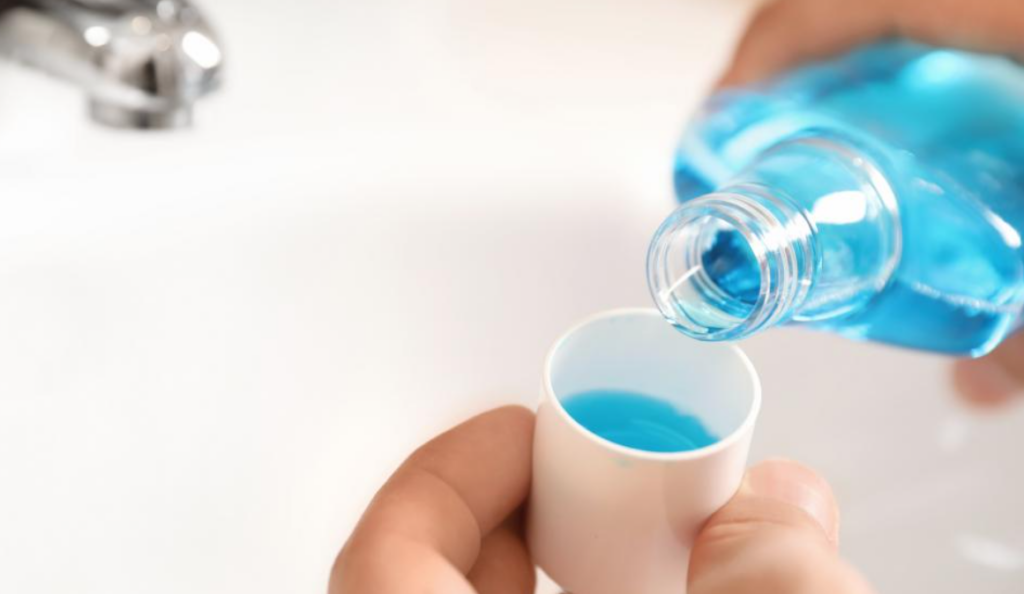
7. Get Invisalign
If you have crooked teeth, Invisalign can help you straighten them out. Clear aligners not only straighten crooked, gapped, or crowded teeth, but they also treat abnormal bite functions, such as when the upper and lower jaws can’t come together properly. If you don’t address your bite concerns right away, you could end up with cavities, erosion of dental enamel, tooth loss, gum infections, and difficulty speaking or eating.

Straighter teeth are associated with a healthier mouth and a more appealing appearance. Furthermore, teeth that are straight and healthy are more likely to endure a lifetime! Issues like halitosis (poor breath), gingivitis (gum inflammation), tooth sensitivity, and teeth chipping can all be avoided by using aesthetic dentistry and aligners to correct orthodontic disorders. Invisalign can not only alleviate acute concerns but can also avoid more significant problems like tooth loss.
